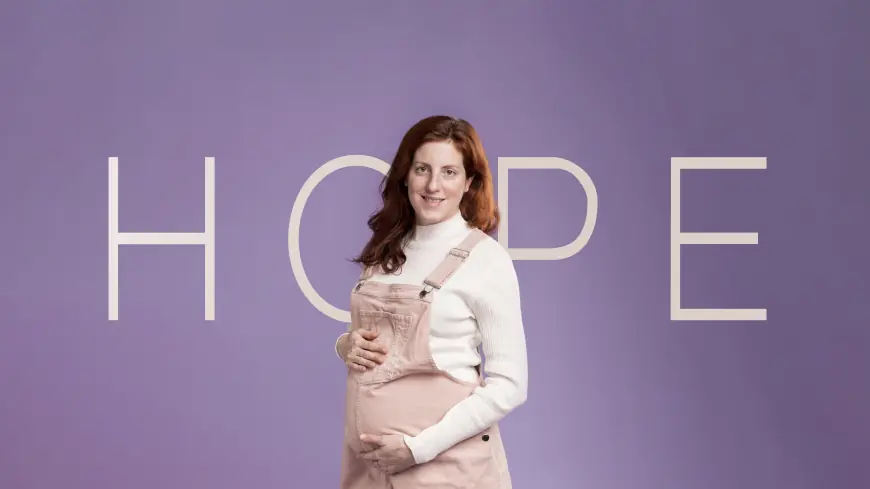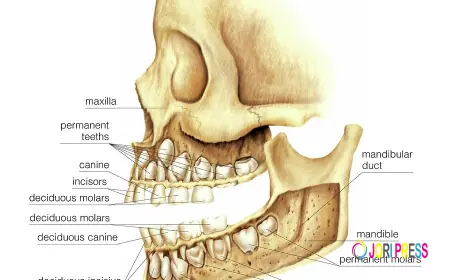What Is a Posterior Placenta? A Mom’s Guide to This Common Pregnancy Term

What Is a Posterior Placenta? A Mom’s Guide to This Common Pregnancy Term
Pregnancy is a time filled with joy, questions, and many new medical terms. One phrase you might hear during your ultrasound is "posterior placenta." But what exactly does it mean, and should you be concerned? Don’t worry—this guide will help you understand everything you need to know in a clear, mom-friendly way.
Let’s explore what a posterior placenta is, how it affects your pregnancy, and why it’s usually a very good sign.
What Is a Posterior Placenta?
A posterior placenta means the placenta has attached to the back wall of your uterus, closest to your spine. This is a completely normal and common position, typically discovered during your mid-pregnancy anatomy scan (around 18–20 weeks gestation).
The uterus has several walls where the placenta can attach:
-
Anterior: front (toward the belly)
-
Posterior: back (toward the spine)
-
Fundal: top
-
Lateral: side
-
Low-lying or previa: near or covering the cervix (may require monitoring)
In most cases, a posterior placenta is a positive sign and is often considered ideal by many healthcare providers.
Is a Posterior Placenta Normal?
Yes, absolutely. It’s one of the most common placenta placements and is considered medically favorable. It does not interfere with the baby's growth or health and is often associated with easier labor experiences.
Unless your doctor notes a specific issue—like placenta previa or placental abruption—you can consider a posterior placenta as part of a healthy, uncomplicated pregnancy.
Benefits of Having a Posterior Placenta
A posterior placenta comes with a few unique advantages:
1. Feel Baby Kicks Sooner
Because the placenta isn’t between your abdominal wall and the baby, you'll likely feel your baby’s movements earlier—around 16 to 18 weeks. Moms with anterior placentas may feel kicks later.
2. Easier Ultrasound Imaging
Sonographers get a clearer view of your baby during ultrasounds when the placenta is posterior.
3. Favorable for Vaginal Delivery
A posterior placenta is out of the way of the cervix and birth canal, making labor and delivery typically easier compared to anterior or low-lying placentas.
Posterior vs. Anterior Placenta: What’s the Difference?
Here's a quick comparison of these two common placenta positions:
| Feature | Posterior Placenta | Anterior Placenta |
|---|---|---|
| Location | Back of the uterus | Front of the uterus |
| Baby movements | Felt earlier | Felt later |
| Ultrasound clarity | Clearer view | May be partially blocked |
| Impact on labor | Usually favorable | May slightly affect fetal positioning |
Can Placenta Position Change?
Yes—especially early in pregnancy. As your uterus grows, your placenta may appear to “move.” This is called placental migration, but it’s just a shift in relative position. A posterior placenta usually remains in place or shifts upward toward the fundus (top of uterus), which is still perfectly healthy.
Are There Any Risks with Posterior Placenta?
A posterior placenta is rarely a cause for concern. However, like with any pregnancy, you should contact your healthcare provider if you experience:
-
Unusual bleeding or spotting
-
Decreased fetal movement
-
Pain or cramping
-
High blood pressure or signs of preeclampsia
Most risks—like placental abruption or previa—are not directly linked to placenta position but are still important to monitor.
How Should I Sleep with a Posterior Placenta?
While the placenta's position doesn’t dictate your sleep position, doctors recommend side sleeping in the second and third trimesters—preferably on your left side. This improves blood flow to your baby and reduces pressure on major veins.
Does Posterior Placenta Affect Baby’s Growth?
No. The location of the placenta doesn’t impact how well your baby grows, as long as it's receiving enough blood and oxygen. A posterior placenta supports healthy development just like any other safe position.
What Moms Are Asking: FAQs
1. Is a posterior placenta better than anterior?
Not necessarily “better,” but posterior is often preferred for earlier movement and easier delivery.
2. Will I feel my baby move more with a posterior placenta?
Yes! Movements tend to be stronger and felt earlier, usually in the second trimester.
3. Can a posterior placenta cause labor complications?
In most cases, no. It generally supports a smooth vaginal delivery.
4. Can placenta position determine baby gender?
No. The idea that placenta location predicts gender is a myth with no scientific evidence.
5. Should I be worried if I have a posterior placenta?
Not at all. It’s a normal, healthy part of pregnancy unless accompanied by other issues.
Conclusion: Posterior Placenta Is a Good Sign for Most Pregnancies
If you’ve been told you have a posterior placenta, consider it good news. It’s one of the most favorable and common placental positions during pregnancy. With benefits like earlier baby movement, easier ultrasounds, and a smoother path for labor, it often means your pregnancy is right on track.
What's Your Reaction?
 Like
0
Like
0
 Dislike
0
Dislike
0
 Love
0
Love
0
 Funny
0
Funny
0
 Angry
0
Angry
0
 Sad
0
Sad
0
 Wow
0
Wow
0

















































